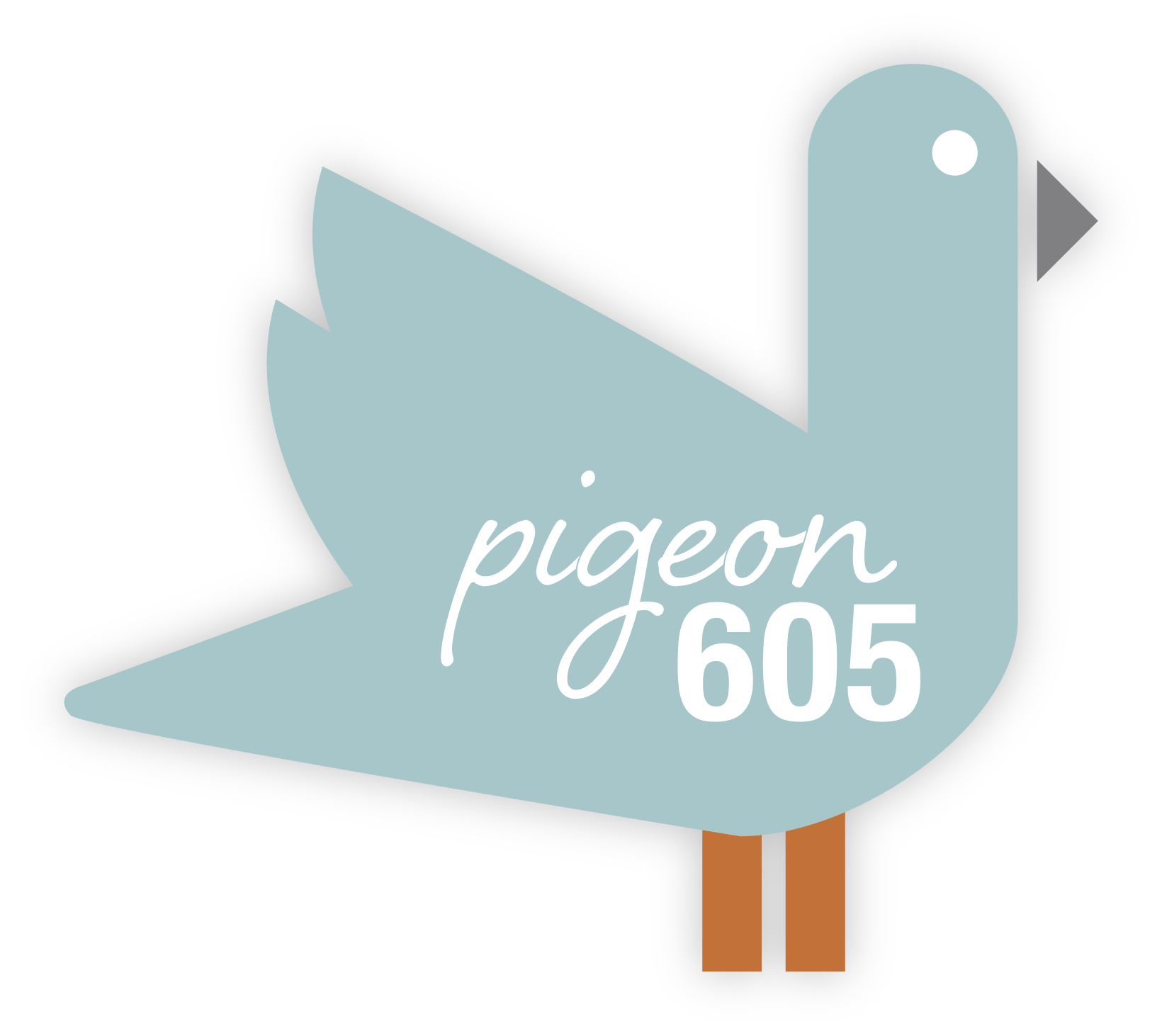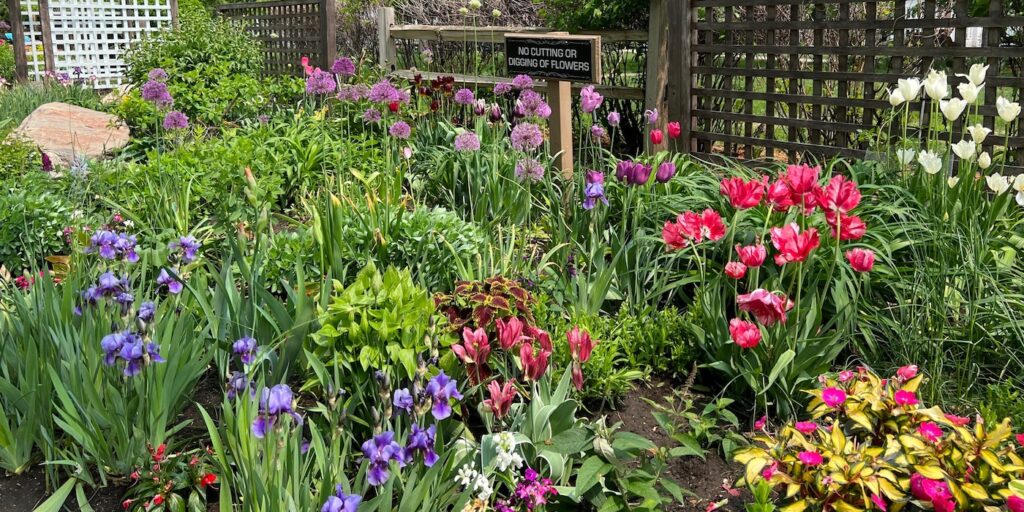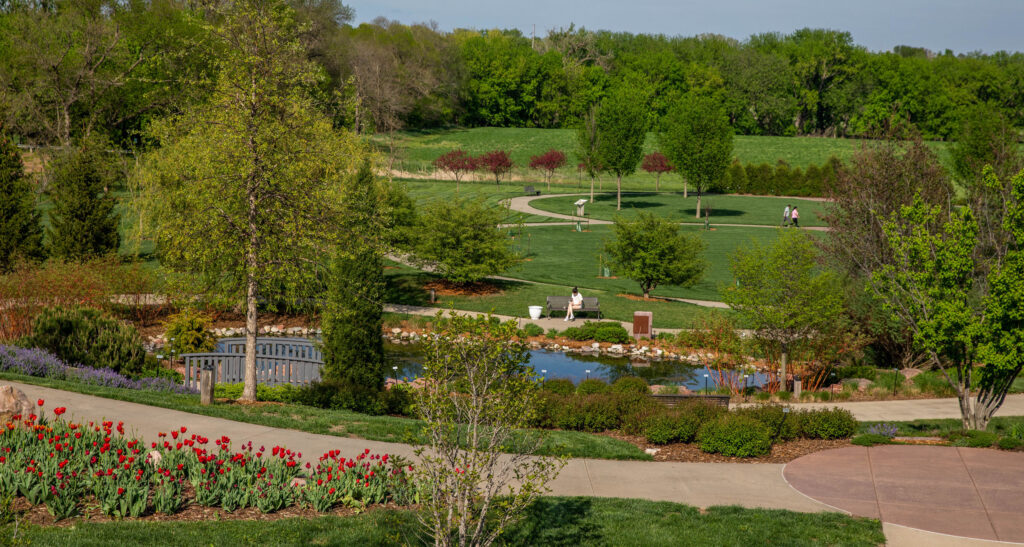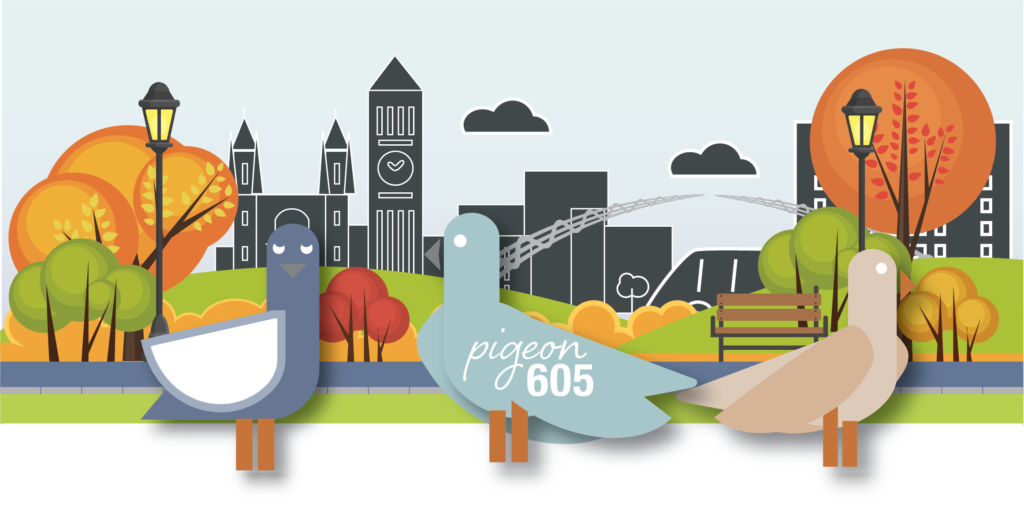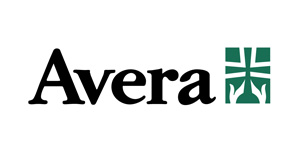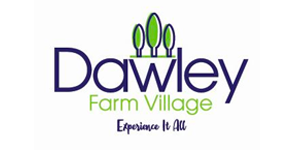Native plantings slowly taking root in residential landscapes
Todd Paulson doesn’t pull any punches when he talks about his hobby.
“It’s an obsession,” he said of his southeastern Sioux Falls yard, where he has carved out edges and corners, and slowly converted them to native plantings over the past two years.

He blames Piet Oldouf and the Lurie Garden in Chicago.
“He uses a lot of native plants. He uses big, bold plants that are just full of life,” Paulson said. “When I saw his plantings, I was just moved by it, moved emotionally.”
Paulson grew up in Washington state, and his wife, Allison, grew up in the U.K. Allison said wild gardens full of native plants aren’t unusual where she’s from, but not to the scale her husband has taken it. Paulson said he grew up exploring the woods, and that feeling from his childhood is what Oldouf’s work spoke to.
“I think we’ve always thought it’s always going to be there, but the places I played in when I was little, they are houses now and parking lots and strip malls,” Paulson said.
It just didn’t sit right with him. The couple lived in the Twin Cities for more than 15 years, but as they looked to buy another house, they realized it just wasn’t worth it there. They both work from home, and Sioux Falls seemed like a solid choice.
“We looked in Edina, and the price was ridiculous, and I thought, at this stage in my life, I want my mortgage to be smaller,” Paulson said.
They moved into the Tuthill neighborhood and a house that looks like what we’ve all come to expect as the typical suburban house: surrounded by rocks, on a bed of plastic, with separate clumps of plants that may or may not thrive in the South Dakota climate.
Paulson knew there had to be a better way, a more enjoyable and sustainable way to have a yard.

“I was interested in the how to, how to do it and the why,” Paulson said. “These designers inspire me visually, but there, this is a revolution in how we define gardening and how we are stewards of the land.”
He’s conscious of the environment itself but also the environment that is a neighborhood.

“In this area, people care a lot about their yards,” Paulson said. “I don’t think that wild, let-it-go look is going to be adopted. So I’ve converted half my yard to natives. I’m caring for it, I’m guiding it. I’ve worked this middle ground where we can stop having all lawn and rocks and plastic, and start bringing life back.”
Trends in gardening, ecology
Over the past several years, there has been a larger national push to convert residential landscapes to native plantings, with the National Park Service celebrating biodiversity.
“Introduced plant species contribute almost nothing to the food web,” the U.S Forest Service says. “Much of the exotic greenery we see in our residential areas provides as much nutrition as concrete or asphalt.”
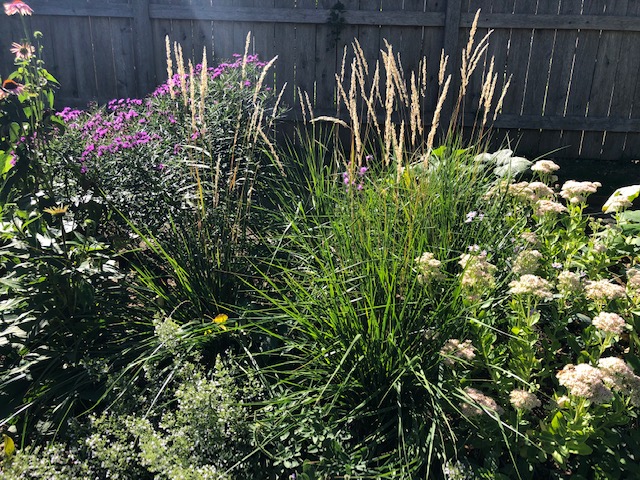
Rachel Saum feels the same passion as Paulson, but she came to it a little differently. She became interested in agriculture as a student at Augustana College and took an internship with The Good Earth Farm near Lennox.
“That was my gateway to learning more about sustainability and taking care of the ecosystem around you,” Saum said.
She has moved from the grind of growing annual vegetable and herbs to looking for more longer-term and native plants. She has been working for Project Food Forest, a Sioux Falls nonprofit dedicated to planting and caring for edible plants through community partnerships and education. It also has a demonstration site in Luverne, Minnesota, called Prairie Ally.
A food forest, or forest garden, is a diverse planting of edible plants that mimic the ecosystems and patterns found in nature.
Saum has a small area to garden at her central Sioux Falls rental home. Most recently, she has worked with Bronze Age Art Foundry to put in a small area of native plantings and then educating the public through the art market.
“It’s like 100 square feet, but it’s a good start,” Saum said. “We ordered a mixed tray of live plants and grasses and wildflowers.”
Several local social media pages are dedicated to gardening – organic gardening and native planting and gardening in southeastern South Dakota. And the people who participate are passionate about it.
On a beautiful July afternoon, the Paulsons walk through their gardens. There are black-eyed susans, milkweed and grasses. Tall, colorful zinnias he grew from seed this spring and transplanted, take over a small section with bursts of bright colors.

He cuts a few to make a bouquet.
There are butternut squash snaking through the plants, and cucumbers twining their way around. There are the hostas that came with the house, ferns trying to establish themselves everywhere. There’s still grass – after all, they have a dog – but the edges of native plantings are slowly encroaching on it.

Their boulevard is sidewalk to street with tightly packed flowers and grasses, butterflies and bees flitting around. Though they had one learning experience – when friends would stop by and park, they couldn’t get out of their cars because of all the plantings, so the Paulsons had to move some of the gardens to make way. Still, they’ve come a long way in establishing a controlled yet wild landscape.
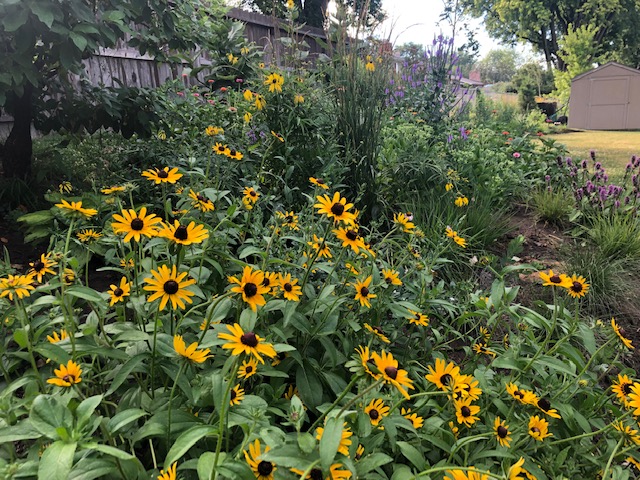
For Paulson, it has been a journey that includes learning about the habits of insects and butterflies, like how monarch butterflies have evolved to be able to eat milkweed, while other insects can’t tolerate the sticky plant. Then, it moved on to caterpillars and birds, and the realization that everything, nature especially, is connected.
“I thought, I have to start planting,” Paulson said. “Every plant makes a difference.”
The first look for plants caused some sticker shock, and then he realized he could buy smaller plants in the spring and be patient. “I have three kids, I can’t cover half my landscape buying $20 plants,” he said.
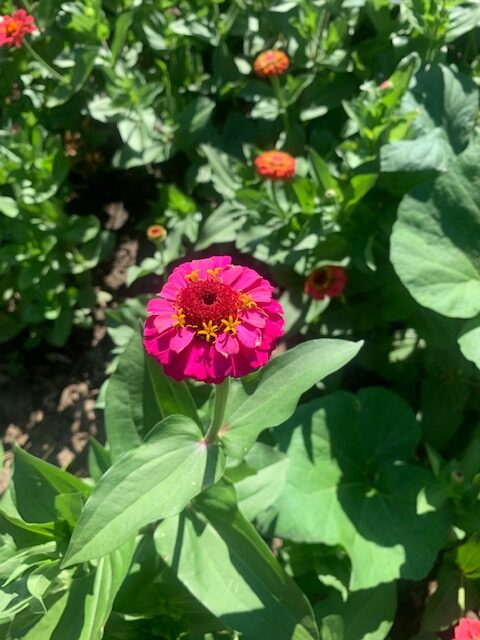
But finding a way forward was worth it to him.
“We have a real opportunity as humans,” Paulson said. “We can be purveyors of good. We can choose plants that are productive. I feel like I’ve created an oasis in my yard.”
Now, it has changed his whole perspective.
“When I go down 41st Street and see everything mowed down and sprayed down, I think, what could this be? What life could be coming from these areas that are just dead?” Paulson said.
The park service agrees.
“If Americans were to replace only half their lawns with native plants, we could build a 20-million-acre network of habitat,” it says.
For Saum, it’s more than saving the bees. “For me personally, it’s just finding the thing that I’m passionate about, and the thing that makes me feel good,” she said. “It has the added benefit that it’s doing a lot of good in the world, even in these small plots around the city.”
She also operates a seed library through Sweetgrass Soapery. “This is a free resource to the community,” Saum said. “It’s a big shelf of donated seed packets. I’ve been operating this as my own passion project.”
Paulson acknowledges that there are plants that aren’t native but also aren’t invasive, and he incorporates those into his garden. He started with salvia, Russian sage, alliums and catnip. “I’m gardening for pollinators, but I’m also gardening for people,” he said, noting the different blooming times of his garden, which provides continuous color. “We will convert more people if we have blooms all summer and provide that interest.”

He since has moved into coneflowers, little bluestem and asters, helping to create hope for monarch butterflies, whose population has declined by 80 percent since the 1990s, as they migrate back to Mexico.
“A lot of that is habitat destruction,” he said. “Most of rural South Dakota East River is about as useful to the natural world as a parking lot. What if we had prairies all along our highways? The prairies made this soil that many people derive their income from, and we’ve taken it away. We’ve taken away our sense of place.”
Paulson sees himself as an evangelist for changing the environment one plant at a time.
“The powerful thing about people doing this in their own homes is they create this habitat for pollinators,” Paulson said. “With things like global warming, you think, what can I do? I am one person. You get this sinking feeling that you are helpless. But with this, you are making a difference.”
He emphasizes how much less time he spends keeping up his gardening beds than he does his lawn. “I hardly ever water, and it’s lush and unbelievable,” he said. “I want to convert my neighbors.”
He has done that already to some extent. He swears by a Dutch push hoe – a 7-foot-long diamond-shaped hoe with a handle. You use it to scrape weeds off between the plants – then just leave them there to compost back into the soil. “It’s this tool that allows me to go through all my beds in a half-hour,” he said.
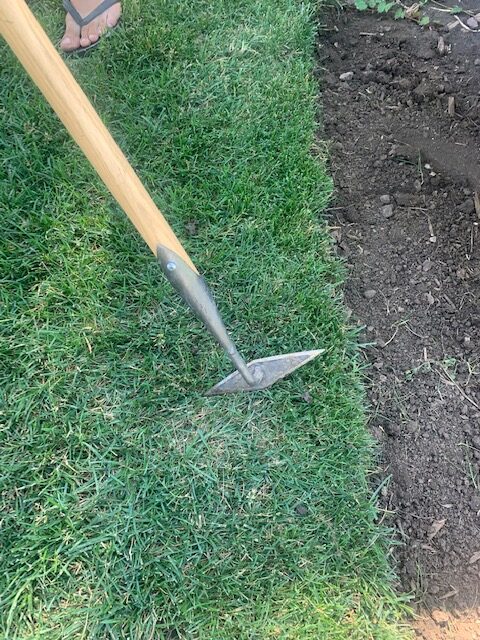
A few neighbors have been so intrigued with the tool, they’ve bought their own. Paulson doesn’t have mulch or rock between his plants – just dirt, which he scrapes with the hoe. He admits it was weird when he first saw gardens in England that just had dirt between the plants. We’ve become so accustomed to the rock and the plastic. But, as he notes, the weeds find their way into the rocks, and then you’re weeding rocks and killing the soil beneath. It’s not sustainable or enjoyable, he said.
He knows he’s unconventional, and he calls his passion “spiritual,” to some extent.
“Even on a hot morning, we sit outside and have coffee and watch the finches on our coneflowers,” Paulson said. “People are missing out. We’ve lost this connection with nature.”
Saum agrees.
“These native things are easy to find and low maintenance in terms of putting it in your landscaping or adding a section of your garden or backyard,” Saum said. “It can enhance the biodiversity a lot. It’s a really easy thing compared to growing tomatoes every year.”
Share This Story
Most Recent
Videos
Want to stay connected to where you live with more stories like this?
Adopt a free virtual “pigeon” to deliver news that will matter to you.
